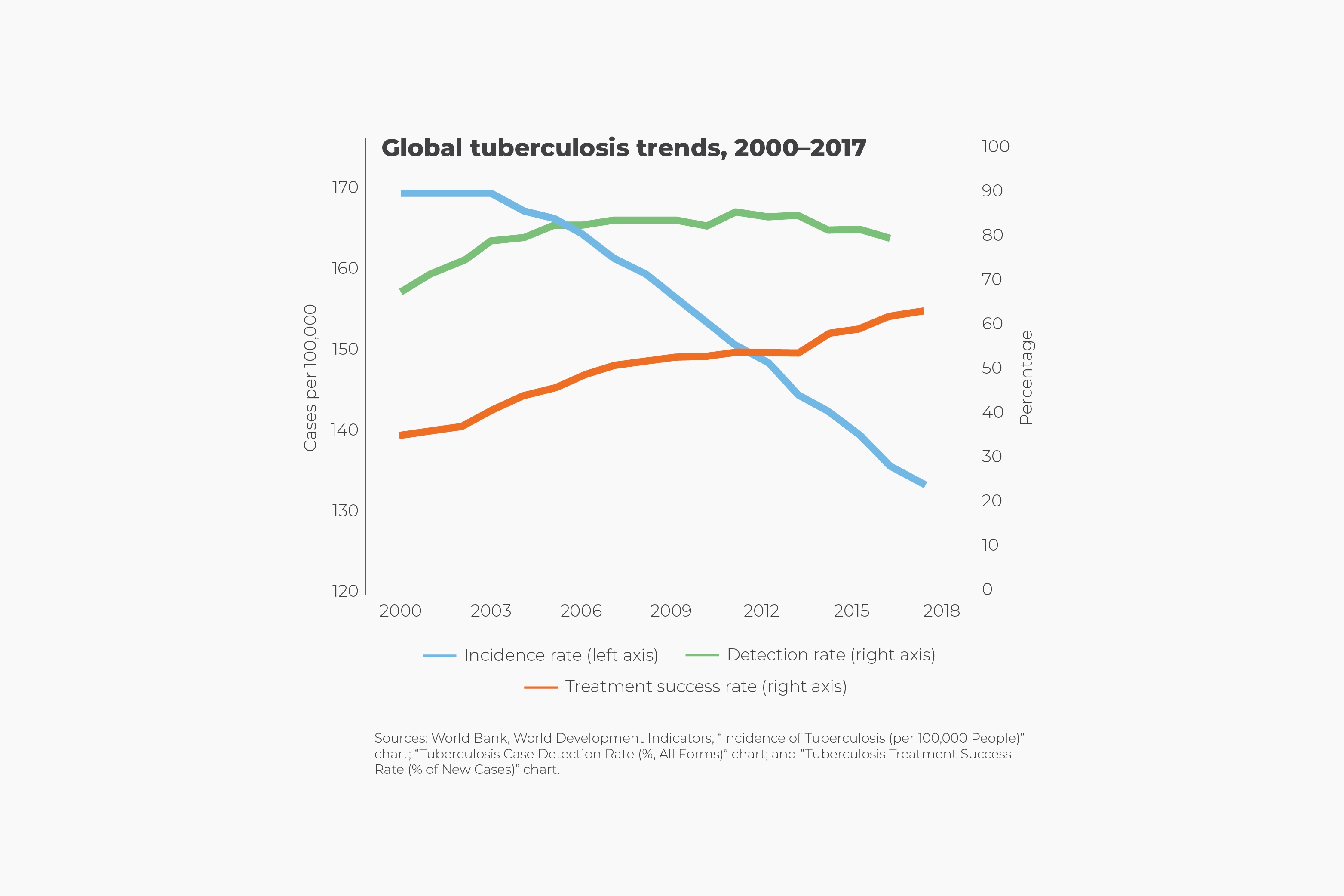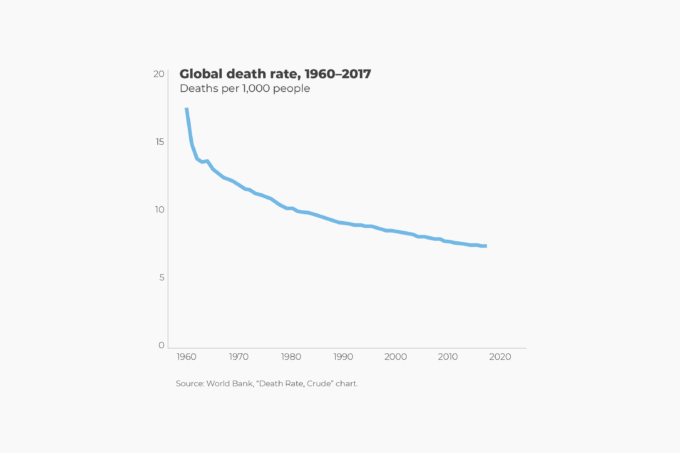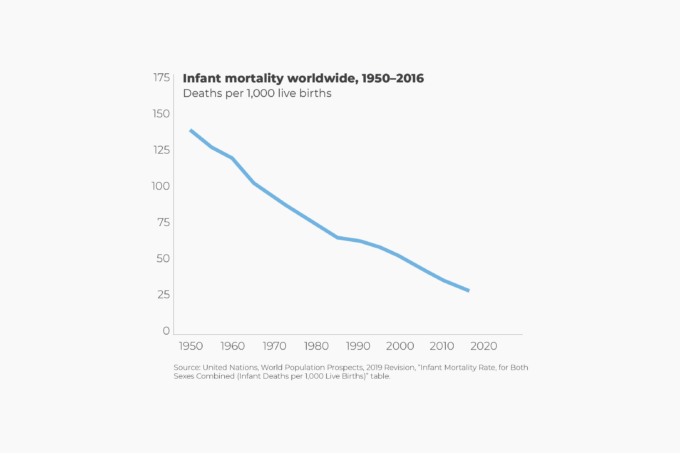Tuberculosis is an infectious disease caused by the bacterium Mycobacterium tuberculosis. The disease spreads through coughing, spitting, and sneezing, and it usually affects the lungs of the victim. Most infections are latent and present no symptoms. However, in roughly 10 percent of cases, the disease progresses into an active phase that, if left untreated, has a 50 percent mortality rate.
Tuberculosis was responsible for the illnesses and deaths of many famous people, including Tutankhamun, Cardinal Richelieu, Molière, Spinoza, Goethe, Friedrich Schiller, Sir Walter Scott, Paganini, Simón Bolívar, Keats, Emerson, Edgar Allan Poe, Chopin, Thoreau, all three Brontë sisters, Dostoyevsky, Gauguin, Chekhov, Kafka, Eleanor Roosevelt, D. H. Lawrence, George Orwell, and Nelson Mandela.
In 2017, the World Health Organization reported, 10 million people fell ill with tuberculosis and 1.6 million died from the disease. Eight countries— Bangladesh, China, India, Indonesia, Nigeria, Pakistan, the Philippines, and South Africa—accounted for two-thirds of all new tuberculosis cases. Tuberculosis prevention and control efforts include vaccination of children and detection and treatment of active cases of the disease.
Globally, the incidence of tuberculosis declined from 173 per 100,000 population in 2000 to 140 in 2016. That’s a 19 percent reduction. In Sub-Saharan Africa, it declined from 333 to 255 cases, or 23 percent. South Asia—the other region most affected by tuberculosis—saw a decline from 274 to 215, or 22 percent. Meanwhile, the global detection rate of tuberculosis rose from 35 percent in 2000 to 65 percent in 2016. That means that even as detection improved substantially, the known incidence still declined. Finally, the global tuberculosis treatment success rate rose from 69 percent in 2000 to 83 percent in 2015.







